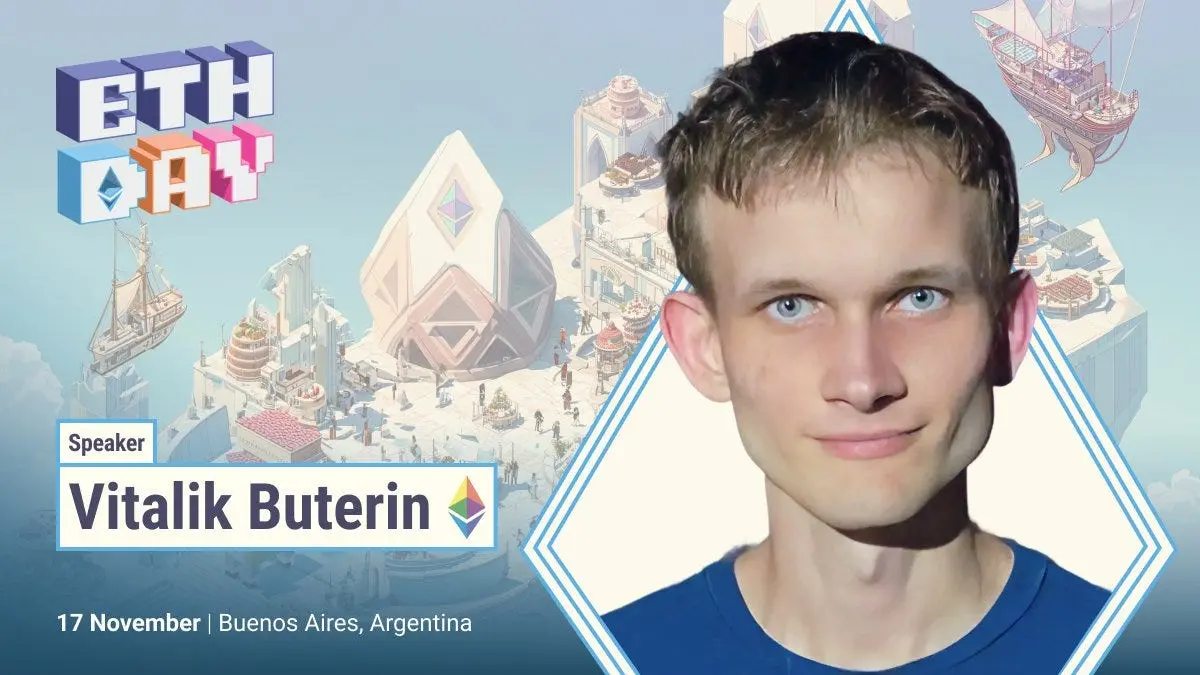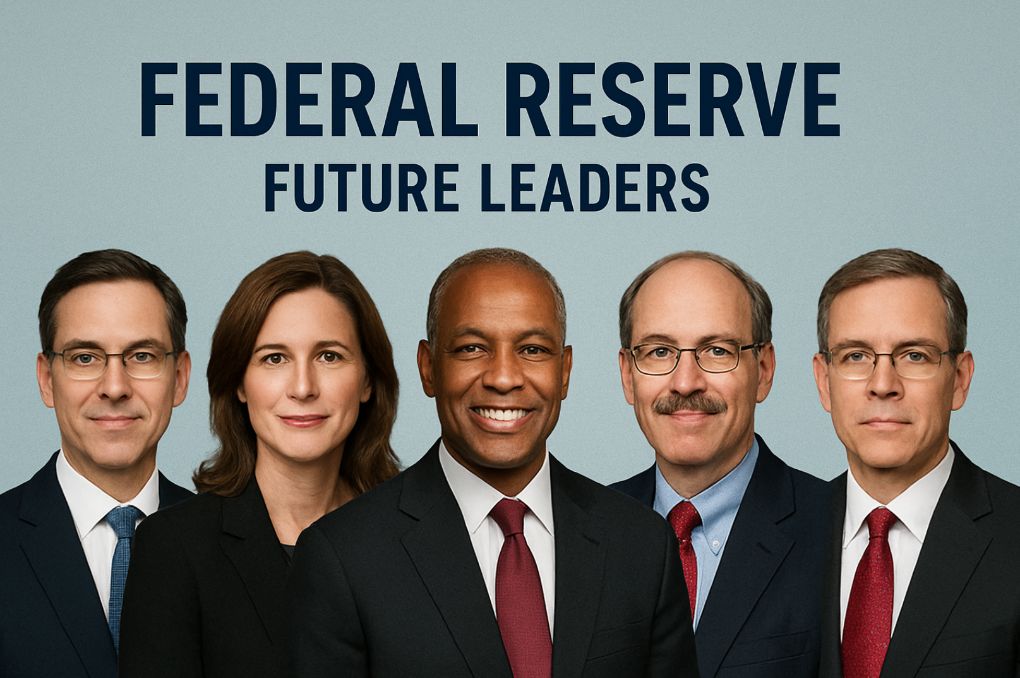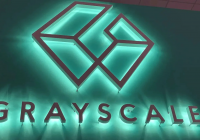Ethereum Argentina Developer Conference Highlights: Technology, Community, and Future Roadmap
Looking back at the infrastructure development of the past decade, Ethereum clearly outlined the focus areas for the next decade at the developer conference: Scalability, Security, Privacy, and Enterprise Adoption.
Original Article Title: "Ethereum Argentina Developer Conference: Toward a New Decade of Technology and Applications"
Original Article Author: Sanqing, Foresight News
Opening Ceremony: From the First Web Page to the Ethereum World Expo
From November 17th to 22nd, the Ethereum Developer Conference was held in Buenos Aires, Argentina, featuring over 40 official events, 75+ project showcases, and hundreds of city-wide side events, expected to attract about 15,000 participants this week.
During the opening ceremony, the host began with Tim Berners-Lee's release of the first web page in 1991, reflecting on the Internet's development from Web1 to today's Web3. This conference was positioned as the "Ethereum World Expo," not only bringing together globally significant projects but also showcasing the achievements of the local Argentine community. Following the opening ceremony, the Ethereum Day's main themes unfolded, ranging from the Ethereum Foundation's governance positioning, protocol progress, to various directions such as privacy, security, institutional adoption, and future roadmap, with core team members and researchers taking turns to share the latest developments.
Ethereum and Foundation Updates (Part 1): Tomasz Stanczak on the Ten-Year Journey and Future Challenges
In a keynote speech, Ethereum Foundation Co-Executive Director Tomasz Stanczak stated that Ethereum's first ten years laid the groundwork for consensus, clients, and privacy tools. However, in the future, challenges in privacy protection, decentralization, and user autonomy will be more difficult, requiring more people to participate in building.
When introducing Ethereum's participant structure, Tomasz outlined the breadth of the ecosystem through specific groups, including local organizers driving Devcon in Argentina, communities focusing on urban experiments and public goods, core developers responsible for protocol upgrades, privacy-focused engineers, active L2 teams, interdisciplinary roles from academia to finance professionals, and volunteers contributing to the multilingual localization of the Ethereum website. He emphasized that these long-term contributors form the foundation of protocol security and network activity.
Tomasz pointed out that Ethereum has been able to maintain zero downtime in multiple upgrades, and this achievement comes from the contributions of many continuous workers in the ecosystem. He believed that the current moment is both a retrospective stage of milestone achievements and a time to reassess the next direction worth investing in. He encouraged more developers and users to participate in the network in a more direct way, such as building applications, using ETH for daily interactions, etc., to make Ethereum's usage and governance more closely aligned with real-world needs.
In the Q&A session, he mentioned that if there are still builders attributing their trajectory to this conference ten years later, it will be the most important outcome of this event. He shared his observations from Argentina: In an environment of high inflation and capital restrictions, crypto assets can provide practical utility for ordinary users, but the realization of a decentralized system still needs to address privacy, security, and usability issues. The local community's attempts in these directions are worth noting. His advice to newcomers is to enhance "connectivity," believing that proactive communication across teams and communities often leads to outcomes beyond expectations.
Ethereum and Foundation Dynamics (Part 2): Hsiao-Wei Wang on the Foundation's Three Capabilities
Ethereum Foundation's Co-Executive Director Hsiao-Wei Wang summarized Ethereum's first decade using the metaphor of a "staircase," stating, "This is a staircase constantly raised by a global community, with no preset endpoint, only offering a path that everyone can climb at their own pace. Each new step laid out by a builder becomes the starting point for those who come later."
She pointed out that today's Ethereum is no longer just a blockchain but a public infrastructure nurturing new assets, identities, cultures, and forms of collaboration. Ethereum's success comes from "no single team owning it," where every participant, including L2, is merely a step on the ladder. The Foundation's task is not to climb to the top alone but to "stabilize the ladder" and collectively shape the next decade.
Reflecting on her work since taking over as Co-Executive Director with Tomasz, she outlined the Foundation's new phase into three capabilities. The first is reliability, as Ethereum has maintained zero downtime through various major upgrades, a trust that comes from long-standing engineering standards accumulated block by block. The second is flexibility; the Foundation does not claim to have all the answers but continuously adjusts its course based on community needs and external environment changes to keep the protocol consistent and adaptable as societal usage evolves. The third is genuine governance responsibility; the Foundation's duty is to maintain a stable environment necessary for the ecosystem to operate rather than decide where Ethereum should go, as the direction should naturally form in an open environment.
Hsiao-Wei emphasized that Ethereum's staircase is open to all roles, including researchers, client and application developers, investors, end-users, scientists, scholars, students, and local community organizers. The Foundation's responsibility is to early on bet on directions not yet mainstream, such as multi-client diversity and cutting-edge research, allowing these seemingly undervalued experiments to become new critical steps years later.
She also noted that decentralization, neutrality, and resilience in the face of pressure will not automatically be maintained but must be safeguarded through transparent, honest, and uncompromising design principles. Once these values are compromised, the entire staircase of Ethereum may face structural risks.
L1 Scaling, Blob Expansion, and Enhanced User Experience: Protocol Update Brief
Members of the Ethereum Protocol Team, Ansgar Dietrichs and Barnabé Monnot, provided a progress update on the protocol development team following the Foundation's early-year reorganization. This report focuses on three main areas: L1 scaling, Blob data expansion, and improved user experience.
In the L1 scaling domain, Ansgar stated that Ethereum has long maintained a block gas limit of 30 million, with engineering efforts focused on key upgrades such as the merge and account abstraction. As L1 is now more clearly defined to play the "settlement layer" role, the team is enhancing throughput through client optimizations and protocol improvements, rather than relying on more expensive hardware.
Client optimizations this year have already driven the gas limit up to 45 million and are planning to increase it to 60 million in the next hard fork. The team is also advancing proposals such as opcode repricing, access lists, and others to continue enhancing execution efficiency. He also revealed that the ZK-EVM prototype has achieved sub-12-second real-time proofs, laying the foundation for lowering node computation requirements in the future.
Regarding Blob expansion, he highlighted the importance of EIP-4844 based on Rollup's data availability requirements. Proto-danksharding introduces data Blobs and a commitment scheme to allow Rollup to submit data at a lower cost. The next hard fork will introduce sample-based data availability proofs in preparation for further increasing Blob capacity in the future.
Barnabé briefly introduced the key work on enhancing user experience, including cross-chain interoperability (Interop), Trillion Dollar Security, and the privacy-friendly wallet project Kohaku. This update mainly focuses on Interop. He stated that the goal is to provide users and institutions with a "seamless, secure, permissionless" multichain experience by using an open intent framework and a modular cross-chain stack, allowing users to simply declare their intent, with the backend system automatically handling cross-chain activities and asset swaps without manual bridging. The team is also exploring ways to improve finality times to make interactions between off-chain and on-chain systems more efficient.
Foundational Support for Trillion Dollar Assets
Ethereum Foundation's Protocol Security Lead, Fredrik Svantes, and Sigma Prime's Co-Founder, Mehdi Zerouali, highlighted in a session titled "Trillion Dollar Security Initiative" that Ethereum is transitioning from supporting hundreds of millions of users and hundreds of billion dollars in assets to underpinning trillion-dollar-level public infrastructure. Security capabilities must be upgraded in parallel to match the future potential scale of assets and application complexity.
The current plan focuses on three main areas. The first is Endpoint Security and Wallet Experience, with the core goal of addressing the blind signature issue, enabling wallets to clearly and understandably display transaction outcomes so that even regular users can assess what they are signing. The second is Frontend and Infrastructure Security, where the Fiber Frontend project is exploring verifiable and replaceable frontend solutions to reduce the risk of funds being stolen through malicious scripts after a single website is compromised. The third is Communication and Progress Transparency, with the Foundation's Digital Workshop building a public website to display the status of each subproject and areas awaiting completion using progress bars and other means, making it easier for the community to understand the overall security blueprint and participate in contributions.
Mehdi emphasized that Trillion Dollar Security is an open discussion topic for the entire ecosystem, where all solutions must be open-source, auditable, and collectively owned by the community. He described blind signatures as a plague and believed that security should not be provided to users as an additional tax but rather should be a default attribute. During the Q&A session, both speakers agreed that as AI tools improve code output speed, the demand for security researchers and architecture-level audits will only increase. The Ethereum ecosystem has already funded post-quantum cryptography research and prototyping and may be one of the most prepared groups to address the quantum threat among mainstream public chains.
Regarding ZK-EVM, they likened its current security status to Solidity in 2016, still in its early stages, requiring the systematic cultivation of a new generation of security engineers and maturing through open collaboration. Feedback from traditional institutions indicates that many institutions view Ethereum as the "least worrisome in terms of underlying security issues" main chain, a sentiment reflected in their deployment choices.
Institutions and Decentralization: Wall Street and Ethereum Through Danny Ryan's Eyes
Ethereum Foundation core researcher Danny Ryan stated in the "Institutions Decentralization" talk that after long-term focus on decentralized protocol design, transitioning to almost daily interactions with banks and large institutions, his biggest realization was that traditional financial infrastructure is far less efficient than commonly thought. Asset managers often rely on multiple sets of incompatible software, faxes, and manual reconciliations, while securities settlement still operates at a T+1, T+2 pace.
In such a system, institutions are most concerned about various counterparty risks, scrutinizing repeatedly from trading counterparties to infrastructure service providers on who might potentially pull a fast one on them. In this framework, Ethereum's trust neutrality and decentralization become advantages, with multi-client plurality and thousands of nodes providing high availability layered with economic security, giving Ethereum the potential to become infrastructure capable of supporting trillions of dollars worth of assets.
Danny emphasized that for institutions, privacy is a threshold to entry, not a nice-to-have feature. If privacy protection does not meet the level of the existing system, many collaborations may not even start. He believes that creating a usable privacy environment for institutions will force Ethereum to continue investing in directions such as zero-knowledge proofs. These investments will serve both scalability and naturally benefit privacy. Meanwhile, as regulatory frameworks in various countries gradually clarify, stablecoins and liquidity network effects are expected to undergo a new round of expansion, and Ethereum needs to occupy a key position in this round.
At the architectural level, he pointed out that Ethereum's modular design and Layer 2 ecosystem are highly attractive to institutions because institutions can build L2s tailored to specific assets with partners while sharing Ethereum's security and liquidity.
He proposed that the real goal is not simply to "tokenize assets" but to make the on-chain system good enough that real-world assets are hard to resist migrating onto it. The unit of measurement for success should be at the "trillion level." Currently, on-chain RWAs are still in the scale of billions of dollars, which is only the beginning compared to the global investable asset size.
In the Q&A session, he mentioned that a common misconception among institutions is equating decentralization with "unregulatable" or "completely public." In reality, through programmable access control and privacy technologies, intermediary risk can be reduced under compliance conditions.
He suggested that builders should form a "translation alliance" with traditional finance practitioners to help align each other in language and mindset. Regarding concerns about being "captured by institutions," he believes the risk objectively exists, but the key is to uphold Ethereum's core protocol's globally distributed nature and then undertake on-chain large-scale asset adoption.
Ethereum (Roadmap) in 30min: Vitalik's Principles and Technical Roadmap
Ethereum's founder Vitalik Buterin, in the "Ethereum (Roadmap) in 30min" speech, starting from the FTX case, compared the centralized institutions that rely entirely on personal credit with Ethereum's pursuit of the "Can't be evil" principle. He defined Ethereum as a "globally open anti-censorship application platform," emphasizing its core advantage in programmability. Anyone can deploy smart contracts, not just use preset transaction types.
At the same time, he categorized blockchain's advantages and limitations: advantages include payments and financial applications, DAOs, decentralized identity and ENS, voting and anti-censorship publication, and the ability to prove something's existence at a specific time or scarcity; limitations involve insufficient privacy, challenges in supporting extremely high throughput and low-latency computations, and the inability to directly access real-world information.
In terms of the technical roadmap, Vitalik has referred to 2025 and 2026 as Ethereum's "scalability arc." This year, the gas limit has been increased by about 50%, and the network is gradually voting to raise it to 60 million. Subsequently, through mechanisms such as separating builders and proposers and block-level access lists, the throughput will continue to increase without raising the hardware threshold.
Vitalik is particularly bullish on ZK-EVM, which allows nodes to confirm blocks by validating proofs instead of replaying full execution, significantly reducing the synchronization and computational costs of full nodes, making it possible to run a full node on a laptop or even a smartphone. The longer-term "Lean Ethereum" roadmap focuses on gradually introducing components closer to theoretical optimality, such as a virtual machine and hash functions more suitable for zero-knowledge proofs, post-quantum cryptography, formal verification, and more efficient data availability solutions; on the user side, it strengthens privacy and security simultaneously through means like light clients, account abstraction, hardware and social recovery wallets.
During the Q&A session, Vitalik summarized Ethereum's relationship with Wall Street as "they are users, we support all users," emphasizing the key is to uphold the underlying attribute of trust neutrality. When asked how to bring Ethereum's features into the real world, he mentioned scenarios like enabling everyday payments, for example, physical merchants in Buenos Aires already accepting ETH and on-chain stablecoins. He also encouraged adopting an open and verifiable tech stack in more layers like operating systems, communications, and governance. When asked about the most important skill an individual should have, he suggested that community members try to be a "jack of all trades," at least personally installing a wallet, making an ETH payment, participating in a DAO, writing a simple smart contract, and having a basic understanding of the underlying protocol.
Disclaimer: The content of this article solely reflects the author's opinion and does not represent the platform in any capacity. This article is not intended to serve as a reference for making investment decisions.
You may also like
Vitalik Buterin introduces Ethereum (2025 edition) in 30 minutes
In-depth explanation of the "Full Node Reversion" vision: From ZK-EVMs to the future path of "Lean Ethereum."

Bitget Daily Morning Report (November 19) | SEC cancels crypto asset chapter; Bitcoin drops below $90,000 with over 170,000 traders liquidated; Solana ETF launches today
Bitget November 19 Morning Briefing, summary translated into English:

Trump vs. Federal Reserve: The Battle Over Central Bank Independence Escalates


